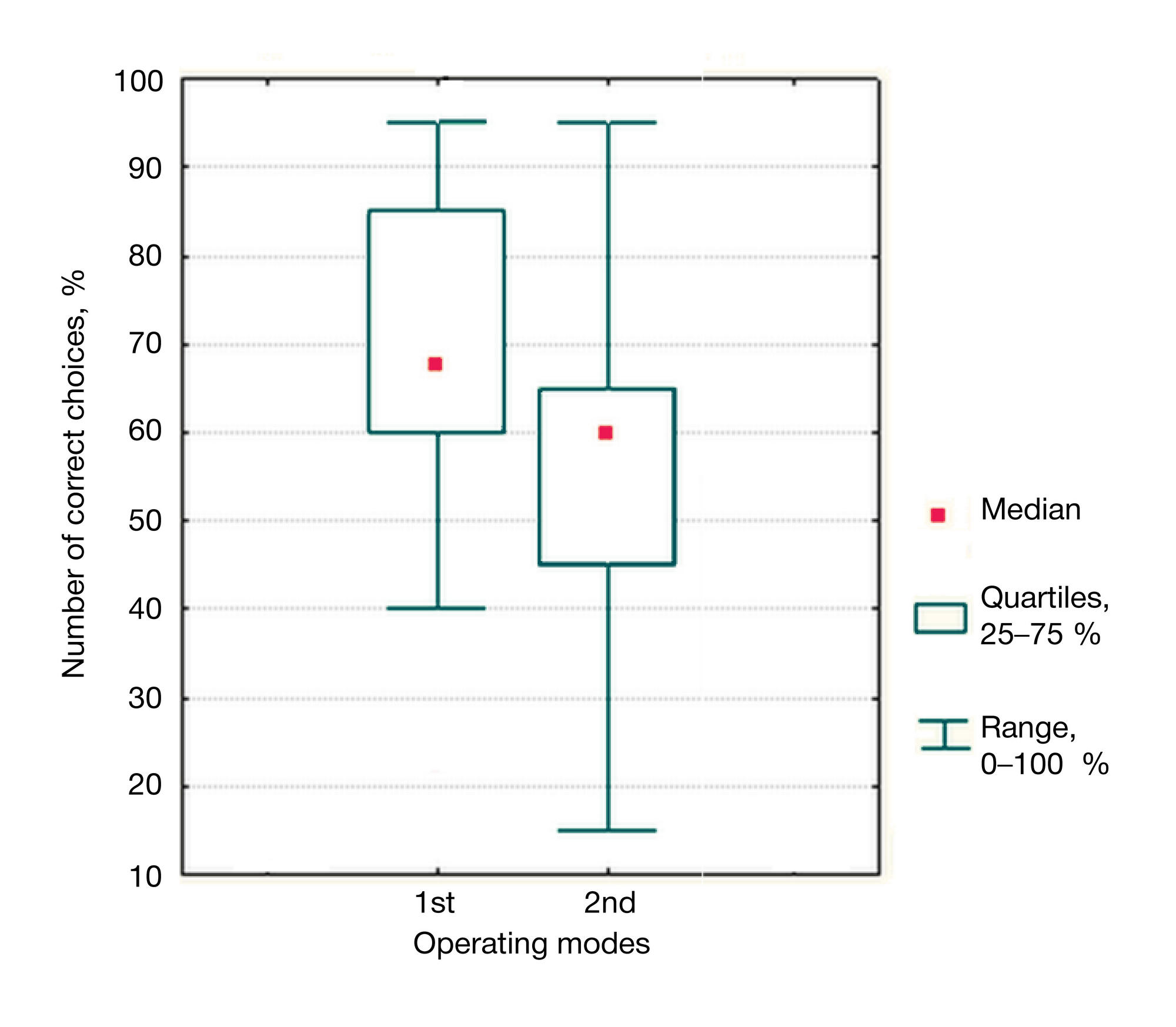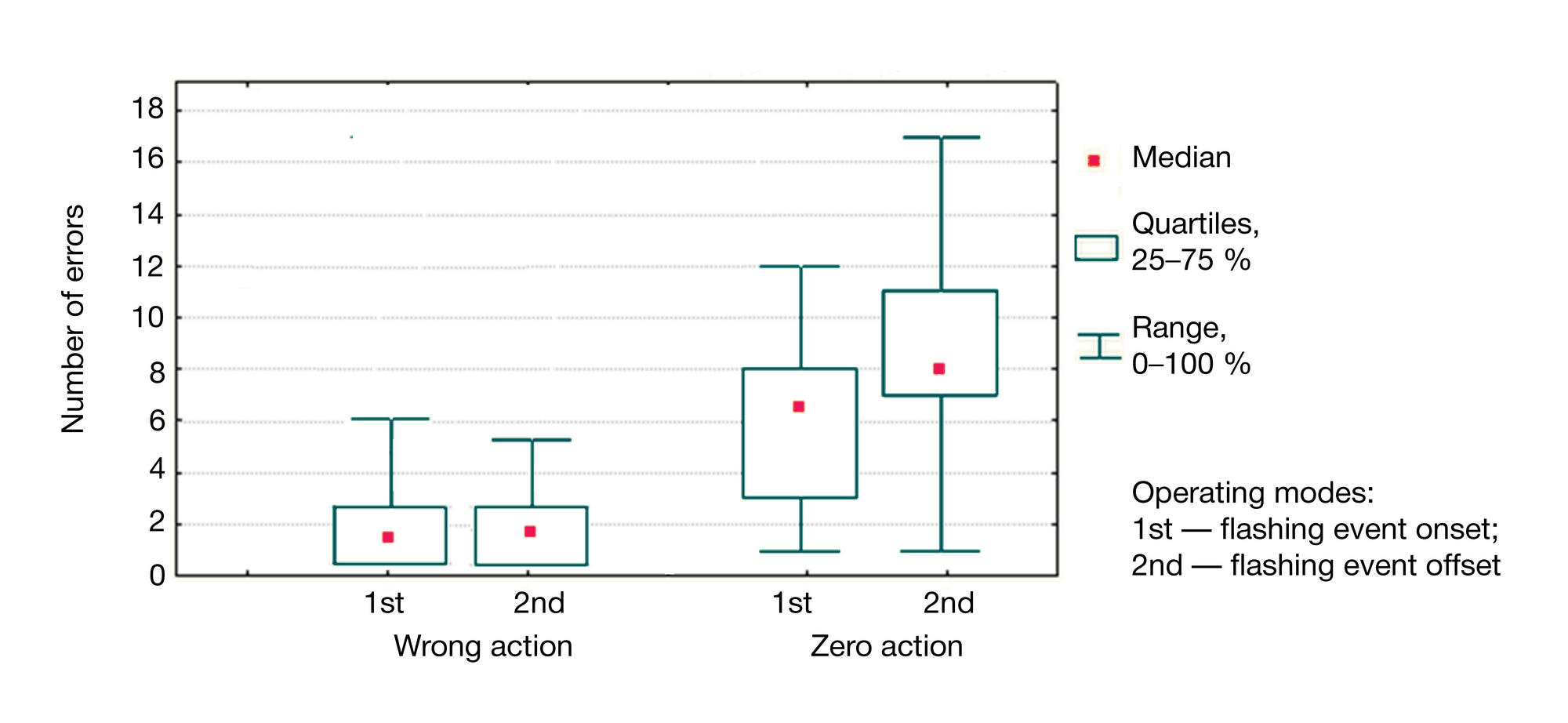
This article is an open access article distributed under the terms and conditions of the Creative Commons Attribution license (CC BY).
ORIGINAL RESEARCH
Studying the ability to control human phantom fingers in P300 brain-computer interface
1 Laboratory for Neurophysiology and Nero-Computer Interfaces, Faculty of Biology,Lomonosov Moscow State University, Moscow, Russia
2 Laboratory for Brain-Machine Interfaces and Applied Neuroengineering,Lobachevsky National Research State University of Nizhny Novgorod, Nizhny Novgorod, Russia
Correspondence should be addressed: Alexandr Kaplan
Leninskie gory, d. 1, str. 12, Moscow, Russia, 117234; ur.liam@nalpaka
Funding: this work was partially supported by the Skolkovo Foundation, grant no. 1110034, and the Russian Science Foundation, grant no. 15-19-20053.


